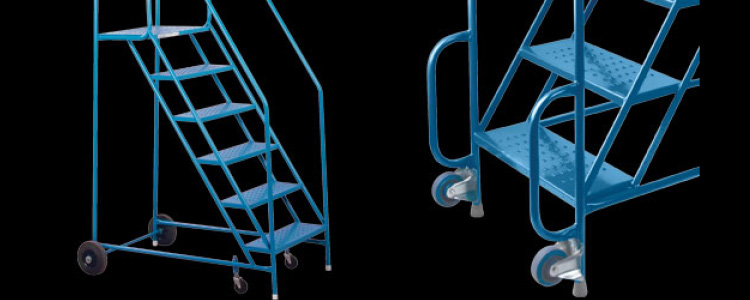Model:
Your Model No.:
Mfr. Model No.:


Great in a clean room environment

This aggressive tread is ideal for the warehouse or retail floor.
This design is self-cleaning allowing foot debris to fall through the tread.

Provides excellent slip resistance.
This tread design is used extensively in retail and storeroom applications.

The most aggressive.
This tread design is ideal for the shop floor or any industrial application where maximum slip resistance is required.
To date CSA has not created a regulation for the use of rolling ladders within the Canadian market. As consumers it is important to note that CSA (U.S. division) do certify units to the ANSI A14.7 standard. Our line of Kleton rolling ladders are manufactured in Canada, welded by CWB certified welders and are certified by the CSA U.S. division to the ANSI A14.7 standard.
Max quantity is 999999999. Your cart item has been updated
Model:
Your Model No.:
Mfr. Model No.:
Qty.: